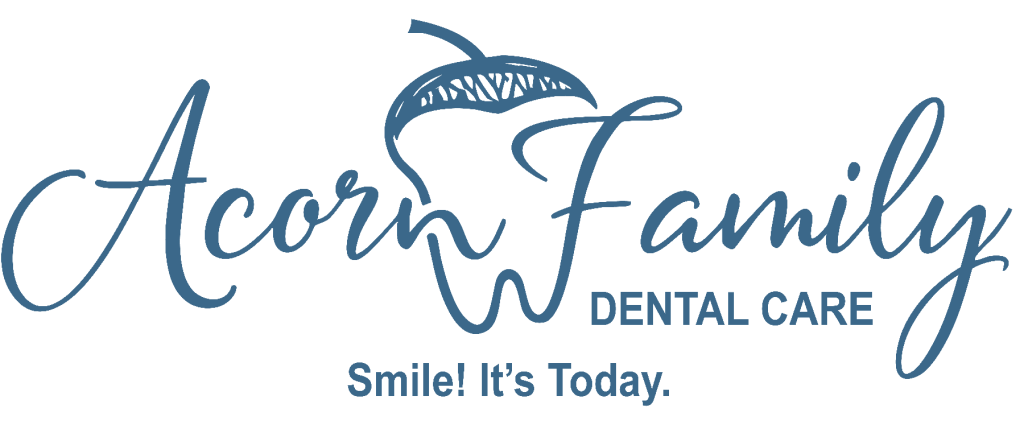What to Eat After Tooth Extraction: A Comprehensive Guide
Your Post-Tooth Extraction Diet
Getting a tooth extracted can be a painful and uncomfortable experience. However, it’s a necessary procedure often recommended by dentists to prevent further damage to your teeth and gums. An essential aspect of healing after a tooth extraction is your diet. Eating the right foods can help promote healing, but consuming the wrong foods can prolong your recovery and even lead to complications.
Explore our Berkeley, CA dentist’s guide below to learn what to eat to help promote healing after your tooth extraction procedure. If you have any questions about healing after a tooth extraction, contact our dental office today by calling 510-848-0114.
What to Eat After Tooth Extraction: The Basics
After tooth extraction, your mouth will be sore and sensitive, so choosing foods that are easy to chew and won’t irritate the extraction site is crucial.
Soft Foods Are Ideal
Soft foods are your best bet after tooth extraction. Some examples of foods for your soft food diet include:
- Mashed potatoes
- Yogurt
- Applesauce
- Soup (broth-based)
- Smoothies
- Scrambled eggs
- Cottage cheese
Avoid Hard, Crunchy Foods
Hard or crunchy foods can be painful and irritating after a tooth extraction. Avoid these foods for at least a week after the procedure:
- Acidic foods
- Chewy foods
- Sticky foods
- Nuts
- Chips
- Popcorn
- Hard candy
- Raw vegetables
- Steak
Be Careful With Hot Foods and Beverages
Hot foods and beverages can increase swelling and pain. Stick to lukewarm or cold foods and drinks for at least a day after your tooth extraction.
Hydration is Key
Drinking plenty of fluids is essential when healing from a tooth extraction because it helps prevent dehydration and promotes overall healing. When you lose a tooth, the extraction site is left exposed, and your body responds by sending blood to the area to form a clot. This clot is necessary for healing but also increases your body’s fluid requirements. However, avoid using a straw, as sucking can dislodge the blood clot and lead to a dry socket.
Foods That Can Aid in Healing
In addition to avoiding certain foods, some can help promote healing after tooth extraction. While you may be limited to certain foods, there are recommendations to consider that can help you get the essential nutrients you still need.
Protein
Protein is essential for tissue repair and can aid in the recovery process. Good sources of protein include:
- Chicken
- Fish
- Beans
- Tofu
- Plain Greek yogurt
Vitamin C
Vitamin C is crucial for collagen production, which helps with tissue repair. Foods high in this vitamin include:
- Citrus fruits
- Bell peppers
- Broccoli
- Tomatoes
- Spinach
Vitamin K
Vitamin K is crucial for blood clotting, which is essential for the healing process. Foods high in vitamin K include:
- Leafy greens (spinach, kale)
- Broccoli
- Brussels sprouts
- Asparagus
- Cabbage
Tips for a Speedy Recovery
In addition to following the dietary guidelines outlined above, there are some additional tips you can follow to promote a speedy and successful recovery after tooth extraction.
Practice Good Oral Hygiene
Brush your teeth gently and avoid the extraction site for the first day or two. After that, you can resume brushing your teeth, but be careful around the affected area. Avoid mouthwash for the first 24 hours, as it irritates the site.
Apply Ice Packs
Applying an ice pack to the outside of your cheek can help reduce swelling and discomfort. Use an ice pack for 10 to 20 minutes at a time, with breaks in between.
Take Pain Medication as Directed
Your dentist will likely prescribe pain medication to help manage any discomfort after the procedure. Take the medication as directed, and don’t wait until you’re in severe pain to take it.
Rest and Relax
Resting and taking it easy for the first few days after the extraction can help promote healing. Avoid strenuous activity and get plenty of rest.

